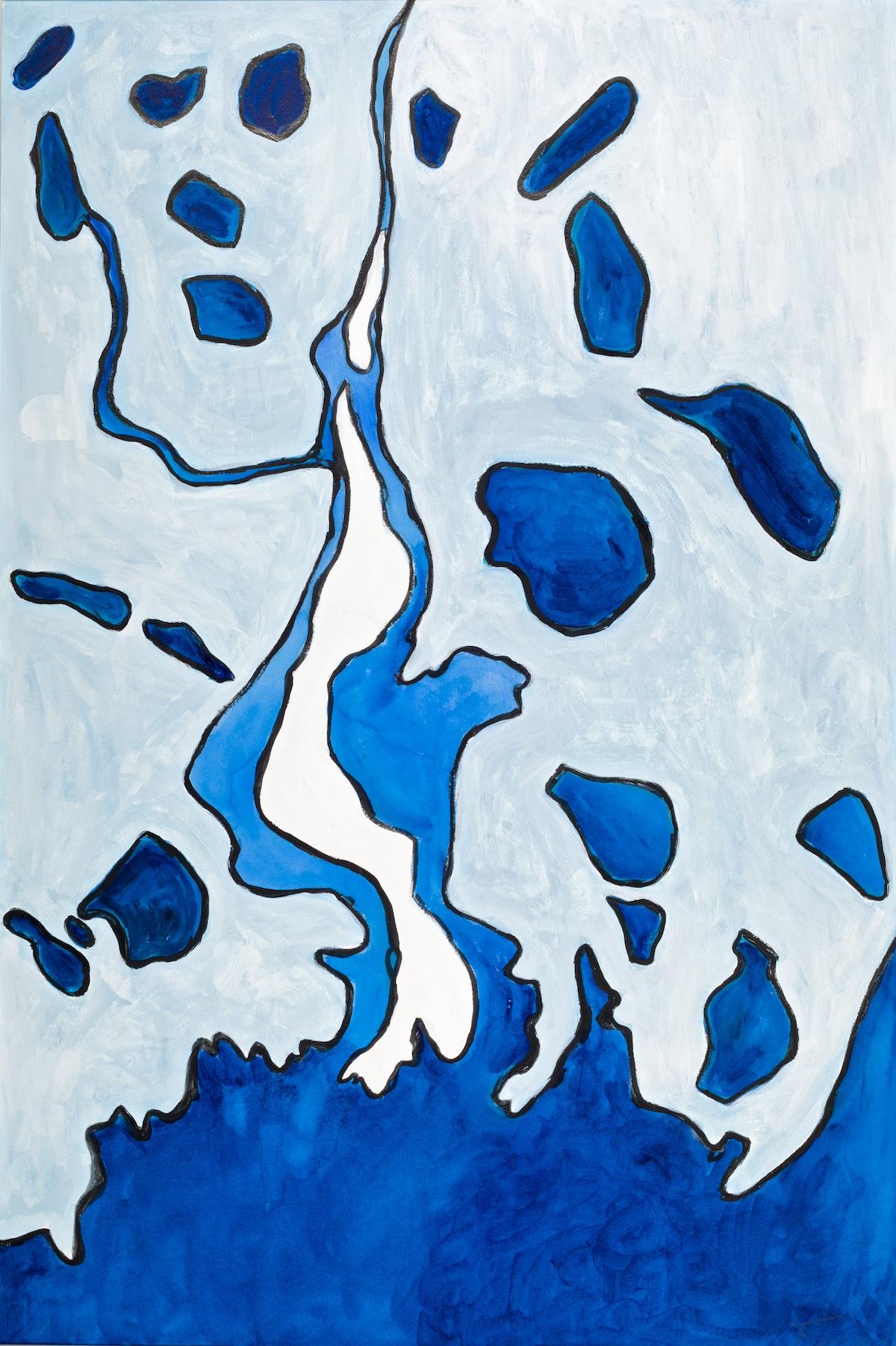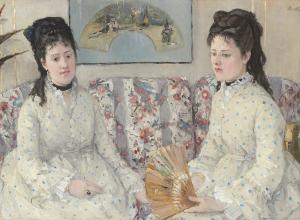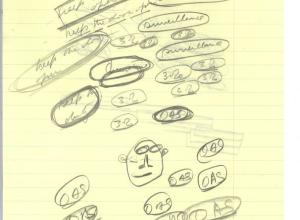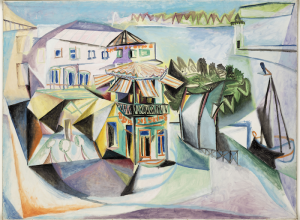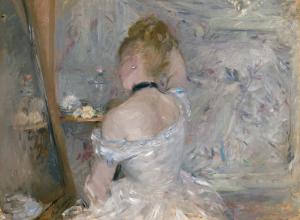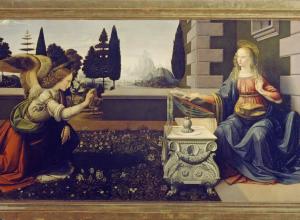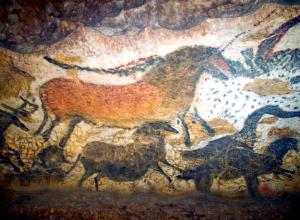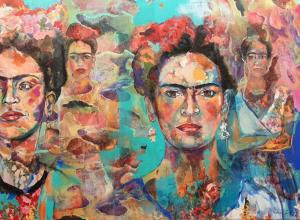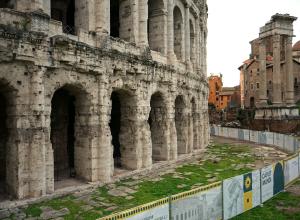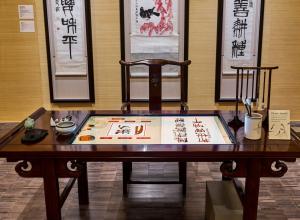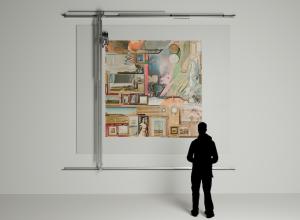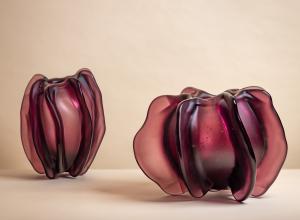Employing a use of form and limited space reminiscent of Milton Avery, with a strong contour line like Alice Neel or Georges Rouault, Levy has woven these stylistic elements from the strands of her own personal history.
Influenced by her native Welsh culture which “reveres landscapes and nature in both poetry and music,” the artist’s creative journey began with her grandfather. A Welsh poet and artist from Snowdonia, he would “go outside with me and look at the landscape and describe it” in Welsh, she recalls.
With views of the River Dee estuary and beyond, to the Irish Sea and England, Levy says she “grew up looking at vistas” every day. “I was aware of the power of nature,” shares the artist.








